Everyone in Mumbai or even outside, is familiar with the name Dharavi and they associate it with one of Asia’s largest informal settlements. However, not many are aware of Dharavi Island, located at the mouth of Vasai Creek, far from Sion’s informal settlements. On simply wandering around Dharavi Island, I started taking photos of Uttan, one of the five villages that comprise the island.
I came across Uttan in November 2020, when I first ventured into photographing the city. During that time local trains were not available for citizens due to the COVID-19 pandemic, and so, I had to find a place near my home. Dharavi Island was only a 15–20 minute bus ride from my place. And thus began my relationship with Uttan.
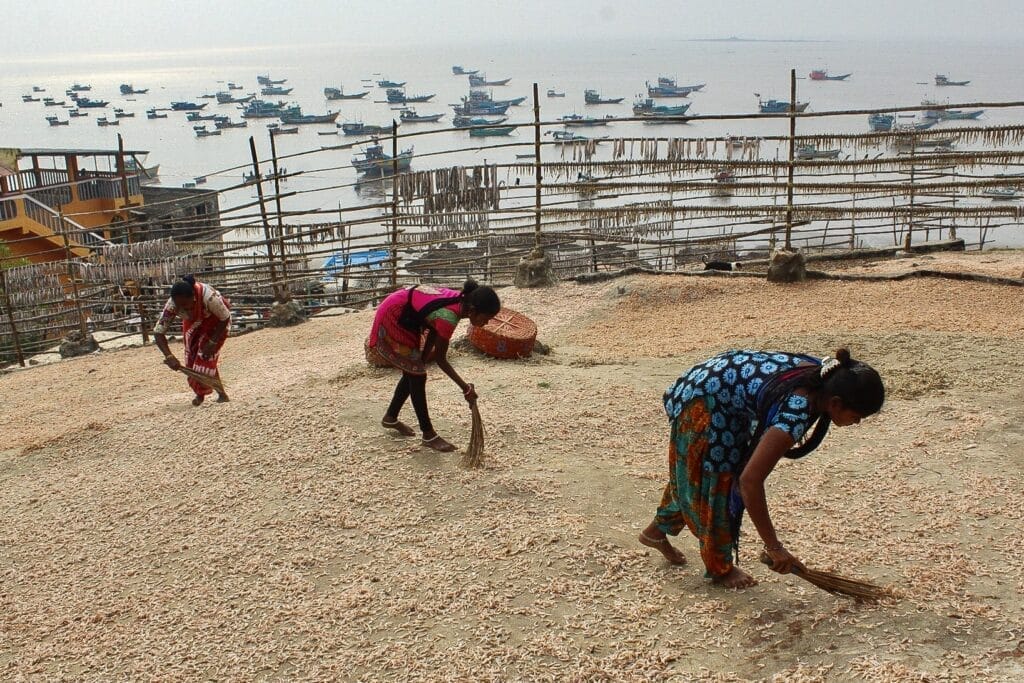
Dharavi Island comprises villages such as Pali, Dongri Chowk, Uttan, Manori and Gorai. They are all fishing villages. While the rest of Mumbai is known for its active and fast paced nature, whenever I go to Uttan, it slows me down. The island is named after the Dharavi Devi Mandir, a Hindu temple dedicated to the mother goddess, Dharavi. These fishing and agricultural villages are spacious and quite green.
Read more: Mumbai’s invisible beaches: A photo-story


When I visited Uttan for the first time, people were curious about my photography. “Who are you? Where are you from? Why are you photographing?” — they often asked me. I used to tell them what I did with a giant smile on my face. A simple smile does wonders. Since they speak Marathi and I hardly do. So, when they heard me speak, they often laughed. But these little things helped me build a connection with them.
With time, I slowly started to gain the trust of the locals. Nowadays whenever I visit, people always invite me for tea.
The people of Uttan
Uttan has two prominent communities — the Kolis (fishing community) and the East Indian community. There is a Muslim community as well. Fishing is the main source of livelihood for the Kolis. A few people from the East Indian community are also involved in fishing. However, most of the East Indians work in agriculture or other professions. Some of the East Indians are Kolis and live near the sea. The other East Indians however, live in the inner part of the island.
A majority of the island is composed of two- and three-storey independent buildings. One thing that struck me was the colours of these houses. On asking the locals, I found out that the colours have no real cultural significance; they were chosen based on residents’ preferences.


Uttan has two very important places of worship — Our Lady of Sea Church and Our Lady of Velankanni Church.
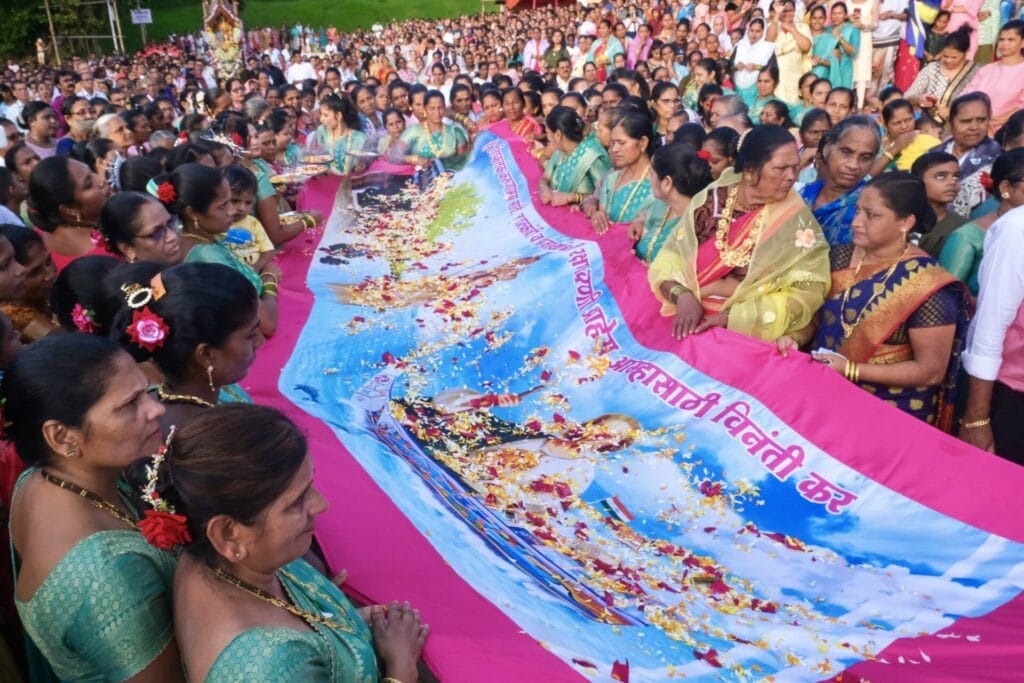
Fishing economy of Uttan
Fishing in Uttan is practised in different ways. Some fishermen go to the sea for a day of fishing on a small boat. They usually go to sea at 3 am in the morning and return by evening.
However, most of the fishermen have big boats. They usually go out to the sea for 10 to 12 days. Since they have to be out for so many days, they pack food, water, oil, and ice.

Read more: In photos: The story behind waterlogging in Mumbai’s Kranti Nagar every monsoon
They also hire workers on the boats as helpers. These workers are mostly from Jharkhand, Chhattisgarh and from the villages of Palghar.

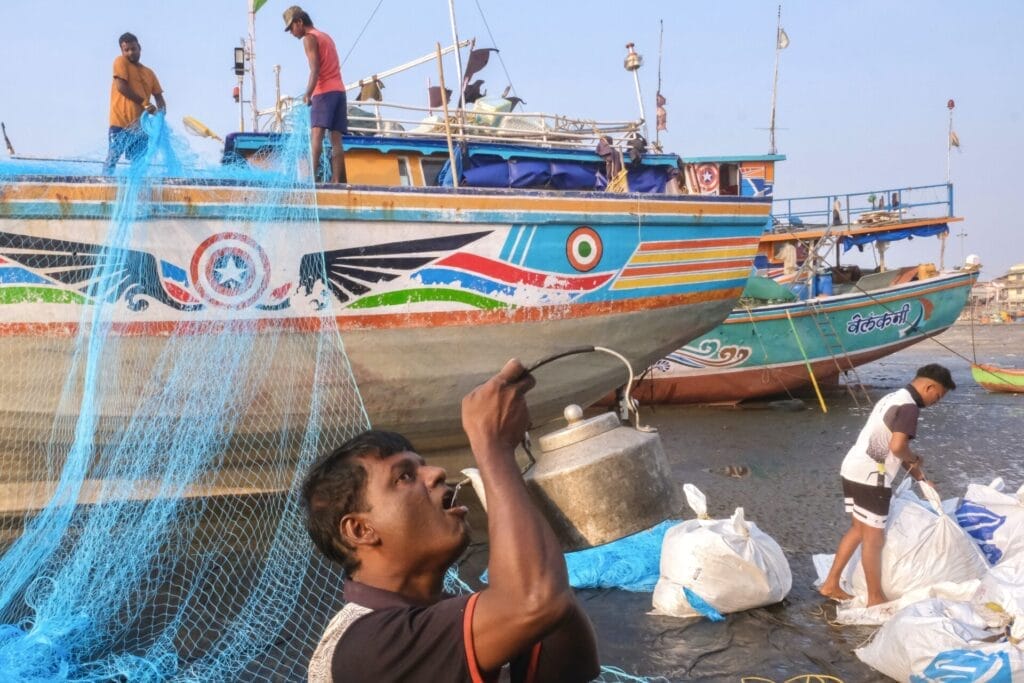
The fishermen are usually out at sea until their boats are full with fish. However, the work doesn’t end there. Once they are at the shore, they have to unload the fish, clean it up, and sell it to the wholesaler who arrives at the beach to purchase and load it into the truck. The fish then go to the different markets of Mumbai.
Uttan knows how to celebrate
Fishing requires tremendous hard work. So whenever they get a breather, the people of Uttan make the most of it. This is best experienced during Christmas, an important festival for the locals, as most of the Kolis at Uttan follow the Christian faith.
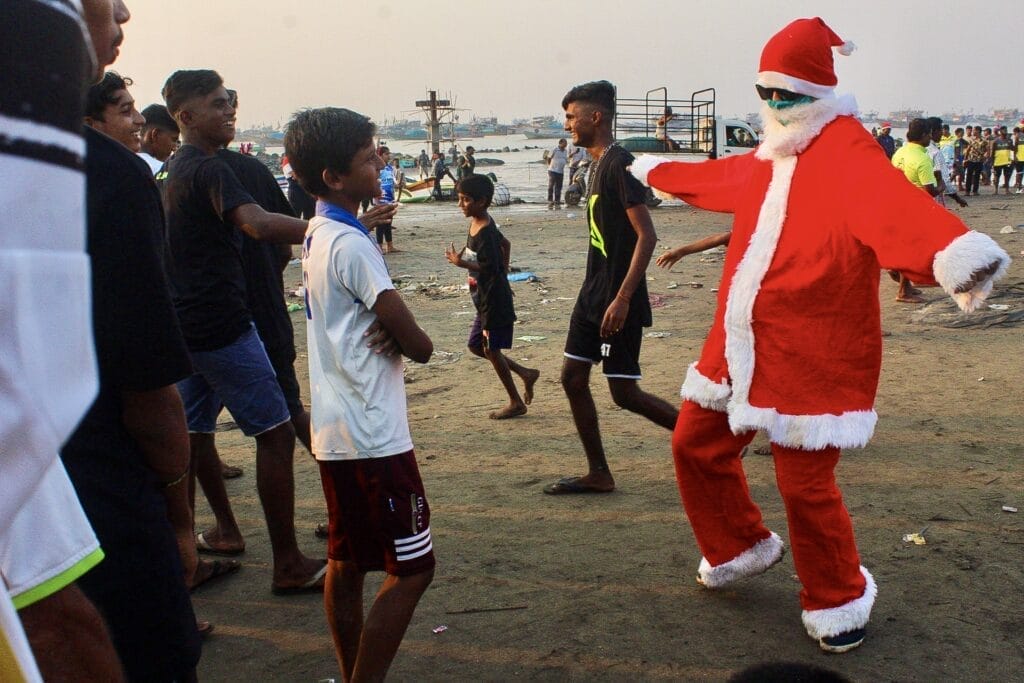
The villagers participate in outdoor games that resemble obstacle courses. In one of these games, participants tie their hands, and must jump and collect a biscuit that is suspended in the air by a rope. They then have to catch the biscuit with their mouth.
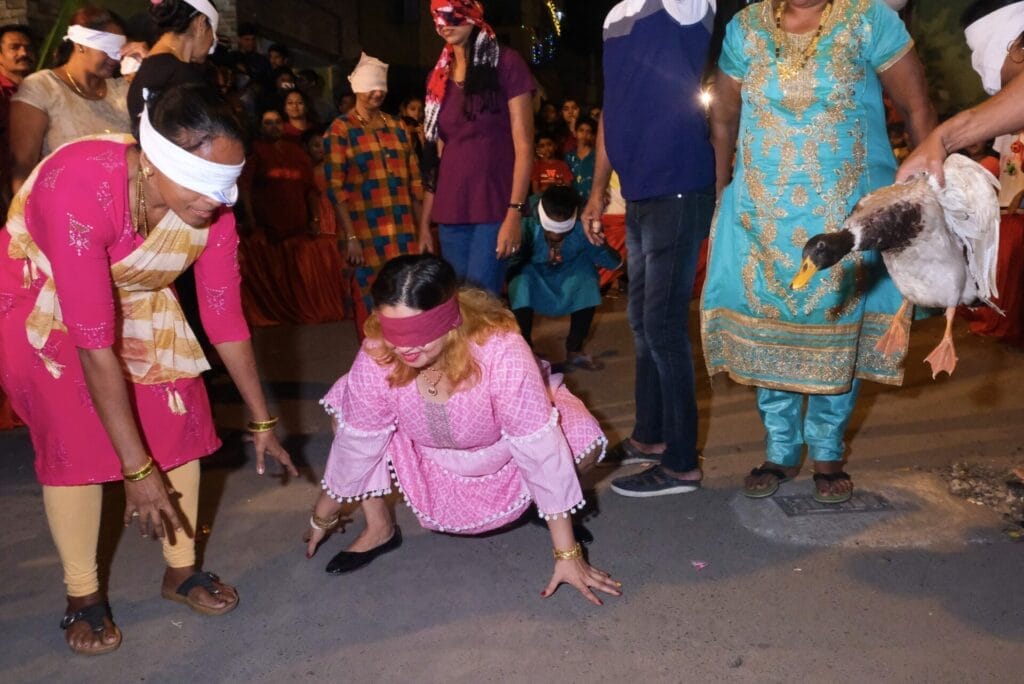
In another game, people have to run with buckets on their heads. One of the highlights of the celebration is a cricket match for women. Men, women, elders, and children — everyone participates in the festivities.

Read more: Photo essay: “Araam” season in Dharavi’s Kumbharwada as potters cope with monsoon
From June to the first week of August, the Kolis do not go fishing as this is the breeding period for marine life and also because the sea is rough in the monsoon. They begin fishing again in August with Narali Purnima, a festival where they offer coconuts to the sea and pray for a calm sea and fruitful season ahead.
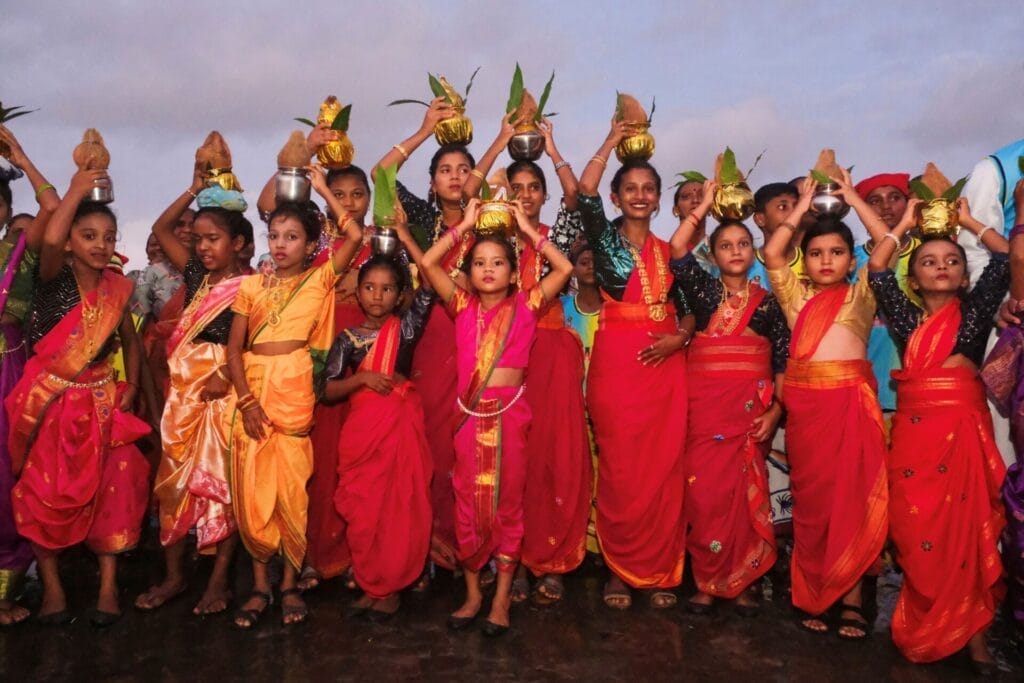
I also had the opportunity to document the weddings, Novenas and daily life in the village. A Novena is an ancient tradition of offering prayers in Christianity, followed by a feast. The prayers are offered for nine successive days both in private (at people’s homes) and public (in processions and at church).


Bringing Mumbaikars to Uttan
Recently I also started a tour of Dharavi Island for photographers, where I took around 4 to 5 participants to Uttan. Observing their photos and conversations, I felt many were drawn to the spaciousness of Uttan. Many said that the tour helped them escape the busy and chaotic pace of Mumbai. Advocate Mogan Rodrigues, an East Indian historian at Uttan, organised a delicious East Indian lunch for the participants as well.
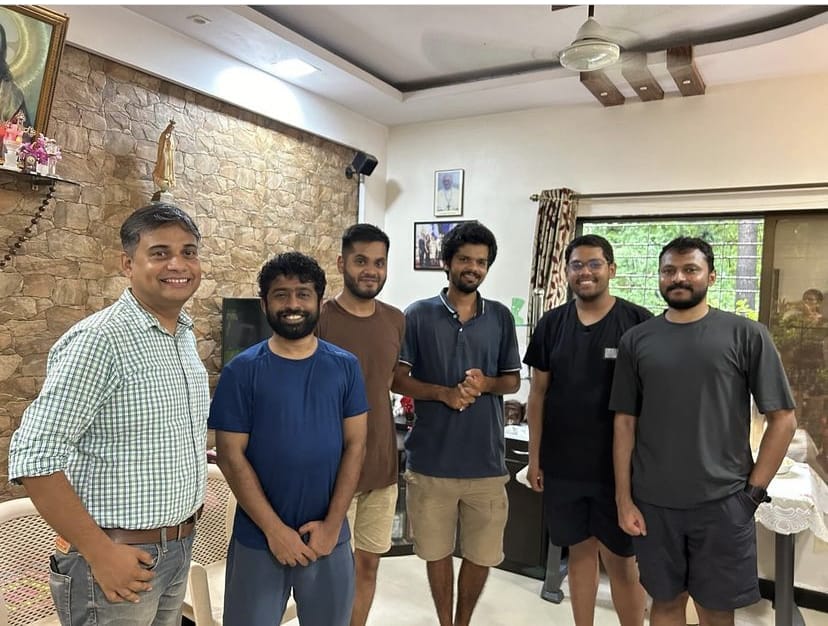
After spending a long time in Uttan, I have compiled these pictures as an ode to the celebratory spirit of the people there. Their playful and vibrant nature lights up the whole village, and I wanted to capture this.
Often photography around fishing villages focuses on fishing practices, the harbour areas, and the difficulties that the communities face. While these are important and must be highlighted, sometimes other dimensions of their lives are lost in the narrative.
Focusing on joy and celebration could possibly broaden our understanding and portrayal of the people we photograph.
With time everything changes, so will Uttan.
It is but natural that with time, Uttan will change. But, what will remain are these beautiful moments captured in time. They will tell the story of Uttan for future generations.
| You can inquire about upcoming photo tours in Uttan or elsewhere in Mumbai on this email ID: Shethyash@rocketmail.com |